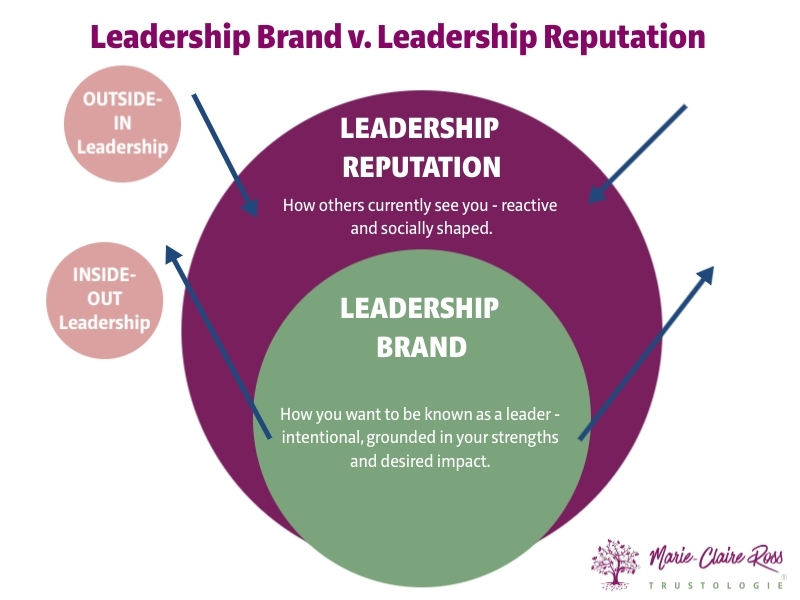6 Essential Executive Skills That Will Make You Unstoppable in 2026
The workplace is evolving at a pace few previous generations have seen and 2026 will mark a turning point. The Future of Work is blended, not hybrid....
Develop leaders, strengthen executive teams and gain deep insights with assessments designed to accelerate trust and performance.

Transform how your leaders think and perform with keynotes that spark connection, trust and high-performance cultures.

Explore practical tools, thought-leadership and resources to help you build trusted, high-performing teams.

Trustologie® is a leadership development consultancy founded by Marie-Claire Ross, specialising in helping executives and managers build high-trust, high-performing teams.

2 min read
Marie-Claire Ross : Updated on November 16, 2021

Today’s fast-changing world features speed, complexity and dense interdependencies. The ability to problem solve and adapt in real time is critical, in order to advance an organisation forward.
At its core, this requires an energetic leadership team that are incredibly focused on delivering the right customer outcomes. Uniting together, as a harmonised collective – prioritising, communicating and co-ordinating work in alignment with a clear vision.
Essentially, there are three important areas for senior leadership teams to master:
1. Growth Focus
This involves team members regularly reviewing and reinventing both internal and market facing activities to drive forward momentum. Executives ensure both the day-to-day and future running of the organisation is in line with marketplace requirements. Choosing the right strategies, goals and market segments to drive growth.
2. Connectivity
Executives provide employees with a holistic understanding of the interactions between all moving parts through creating a compelling vision that creates shared consciousness across the organisation. They understand the interdependencies and ensure their decisions and behaviours do not negatively impact others. This helps the CEO coordinate actions across the firm.
3. Inclusiveness
Executives need to be acutely aware that they are cultural role models with employees closely observing their interactions for cues on acceptable behaviour. The leadership team sets the cultural tone from the top that filters down all the way to the front line. How the leadership team behaves and communicates together is amplified and manifested throughout the firm – for better or worse. Best practice team interactions involve consulting and including stakeholders, in order to consider wide-ranging information that leads the way to decisive action. But also regularly assessing how to maximise the culture in the organisation, so people are healthy and achieving in a results oriented way.
The Curse of High Performers
These three areas of focus might seem obvious, but there is one major issue. Most executives aren't team players.
According to the Centre for Creative Leadership, 65% of senior executives indicated their executive teams were experiencing a clash between functional and enterprise accountabilities. Fewer than 1 in 5 rated their executives teams as very effective.
Executives spend their career delivering in their area of expertise. Once they get into the leadership team, it’s no longer about how their function is performing, but the organisation overall.
But how many executives really know that?
Gathering a bunch of talented high performers and believing they will seamlessly gel sounds great. Unfortunately, it rarely works in practice.
Every leader knows that collaboration is important theoretically. But an inability to collaborate is a consequence of being hired to deliver results and management rewarding that performance. To encourage people to collaborate requires making the term more concrete and tying it to the work to be done with the right rewards.
The problem is most executives don't even realise they're not collaborating well. It's a cognitive bias. To help CEOs and HR leaders improve their leadership team results, I have prepared a helpful insights paper to break though this frustrating blind spot.
You can download it here: Building a Cohesive Leadership Team.

The workplace is evolving at a pace few previous generations have seen and 2026 will mark a turning point. The Future of Work is blended, not hybrid....

Many leaders jump into a leadership position excited by the opportunity to help others and perform at a higher level.

What makes a good team leader isn’t just about having authority or getting tasks done - it’s about the ability to create an environment where people...

In today's fast-paced business world, effective leadership is more crucial than ever. But even the most talented leaders or business owners can...

Many leaders jump into a leadership position excited by the opportunity to help others and perform at a higher level.

In the pressure cooker business world we live in, change and uncertainty have become commonplace. No longer can organisations rest on their laurels....